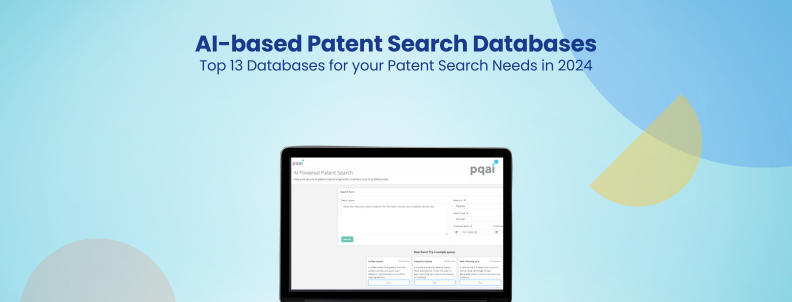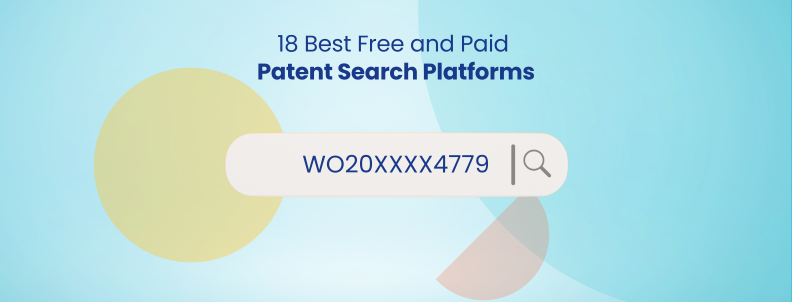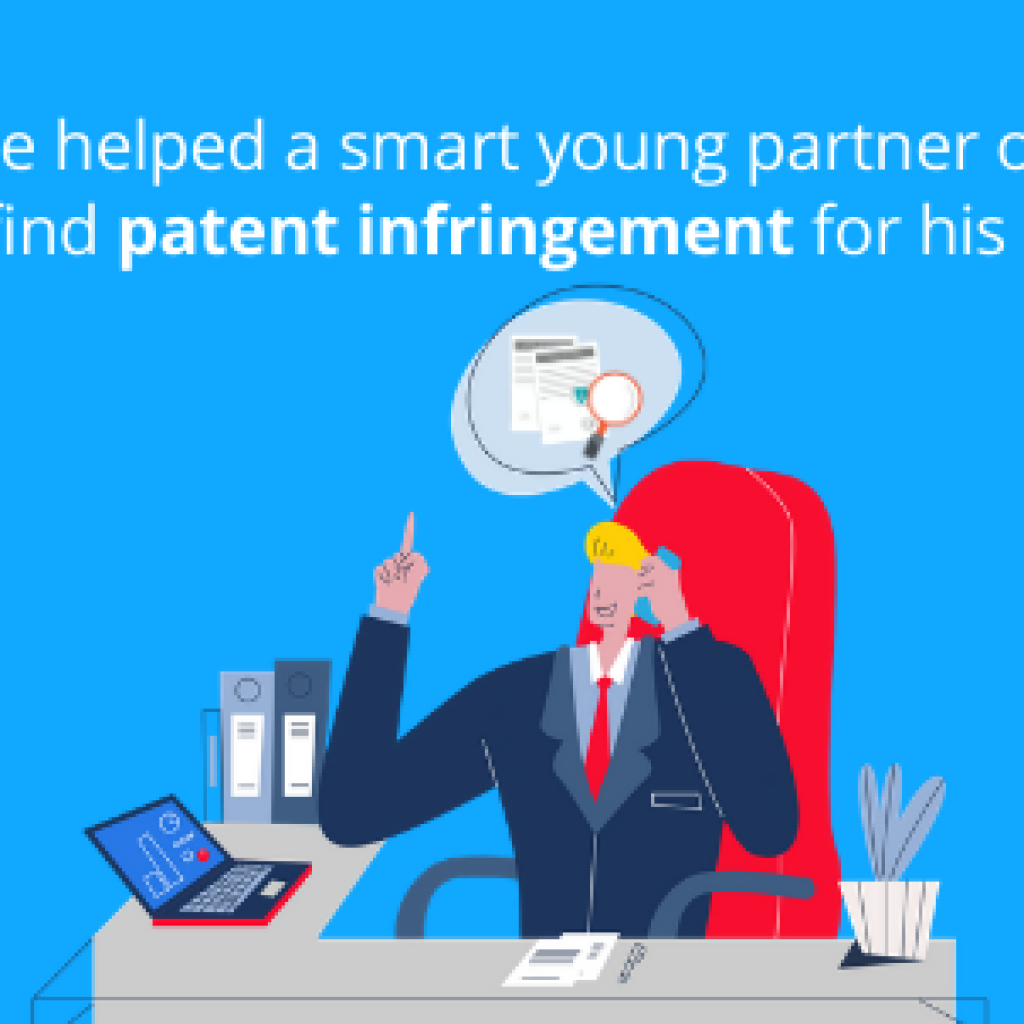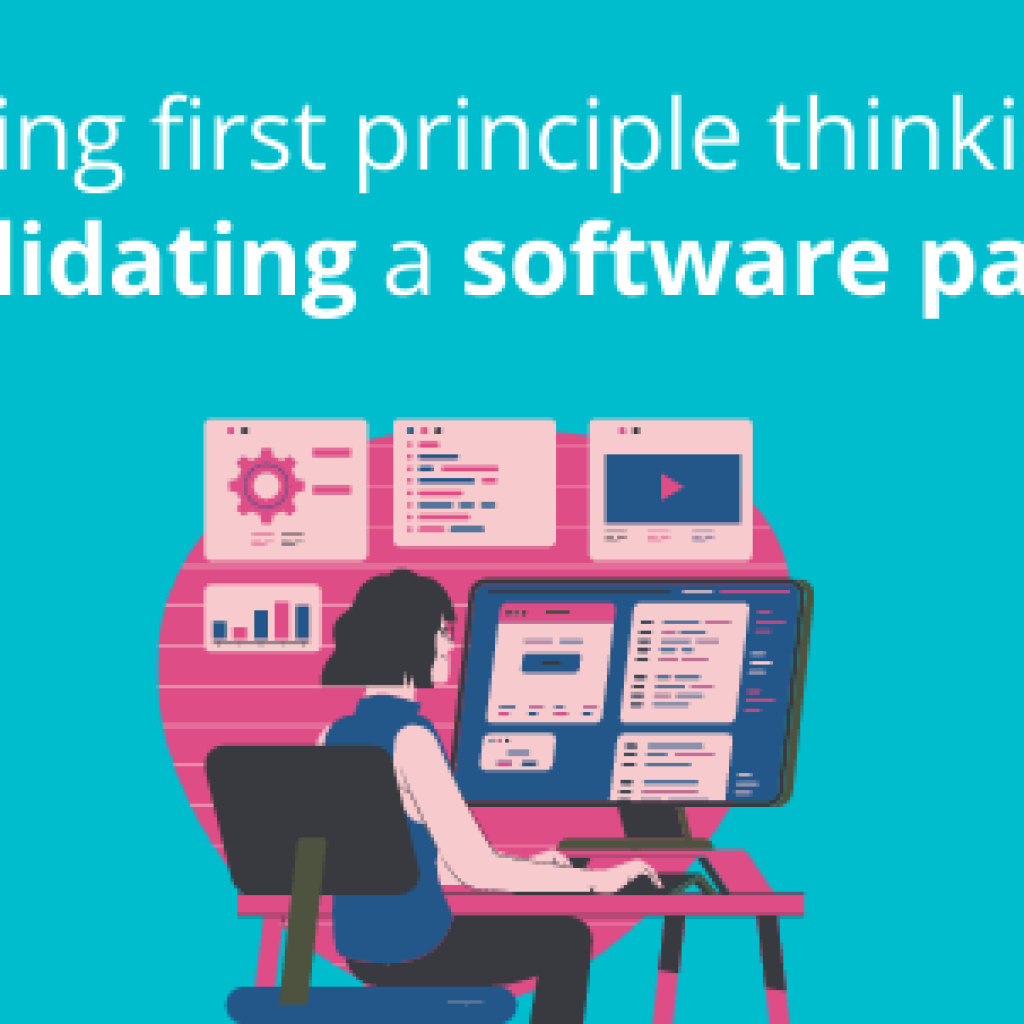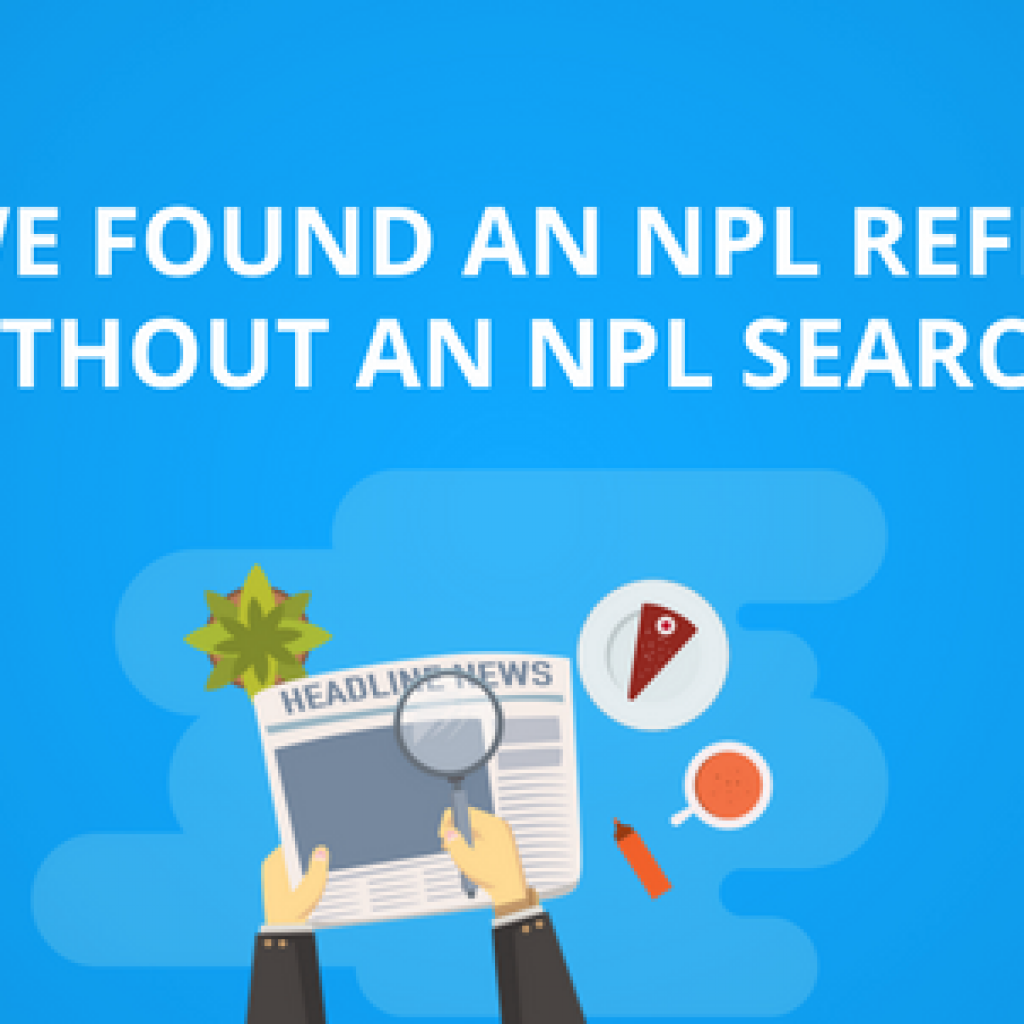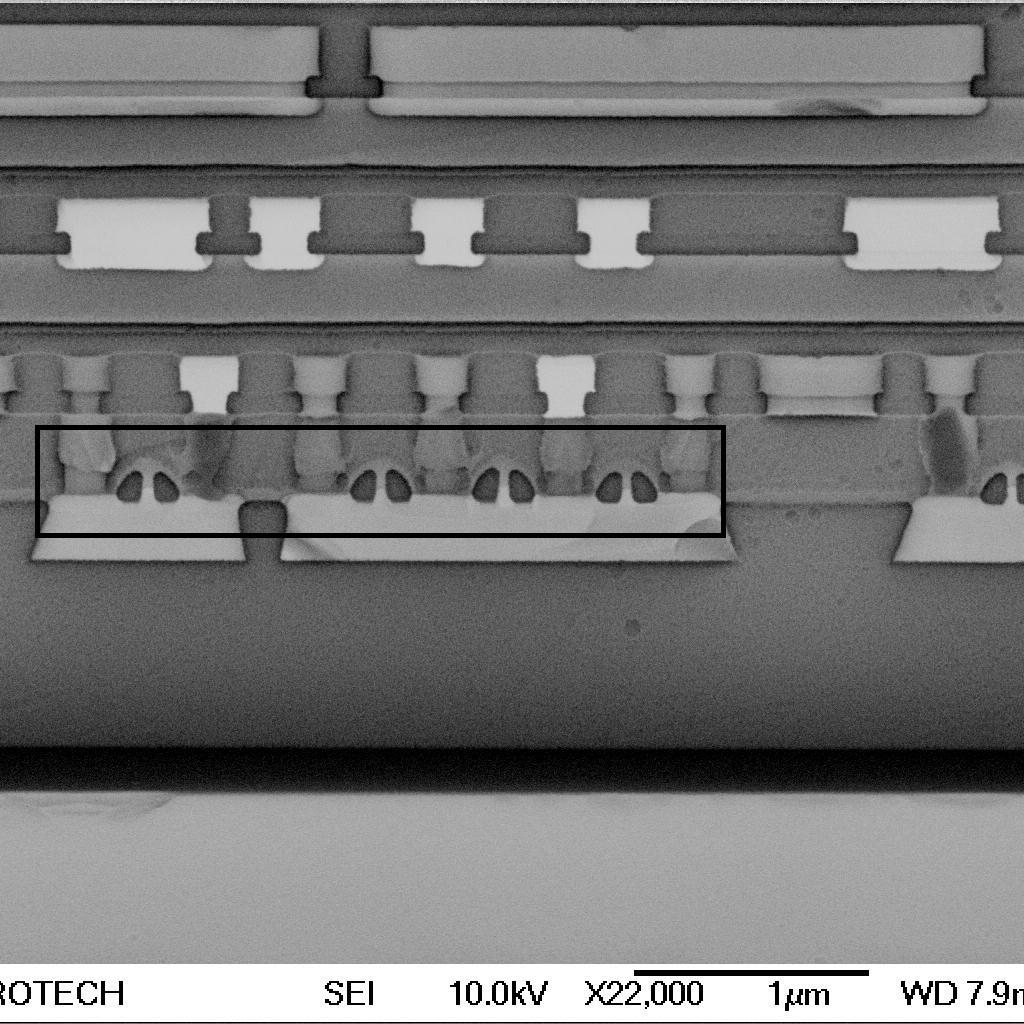AI (Artificial Intelligence) has transformed intellectual property (IP) by reducing human effort and enabling patent experts to refine how they discover, analyze, and leverage intellectual property. It’s no surprise that a Google search for AI-based patent search databases will yield hundreds, if not thousands, of platforms available at your disposal.
To make your search for the best AI-based patent search databases easier, this article skips the redundant details and dives straight into the heart of the matter. To assess the impact of artificial intelligence (AI) on IP, GreyB researchers conducted a comprehensive evaluation of AI-based patent databases, skimming out 13 of them (the list will be updated as we investigate more of these databases). The aim was to discover how advanced technologies are changing the methods and interactions of intellectual property (IP) professionals with patent information.
Additionally, if you need Chrome extensions essential for patent search experts, check out our article on the topic.
Coming back to the AI-powered Patent search databases.
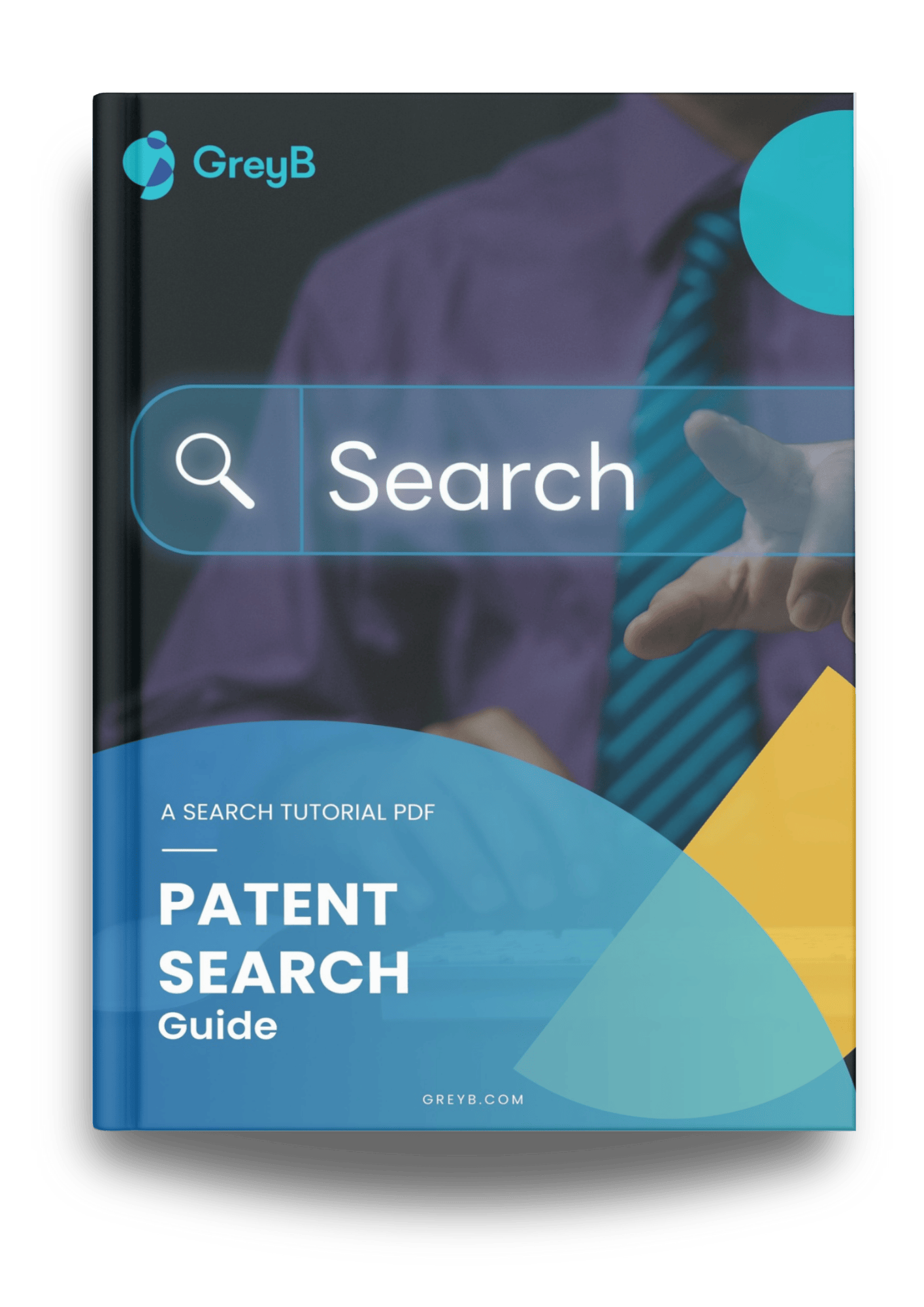
1. PQAI – Patent Quality Artificial Intelligence
PQAI is an open-source patent search engine that has been created to help inventors access all the relevant solutions and prior developments related to their specific challenges.
Its approach aims to help inventors avoid patent rejections using prior-art search. With a simple search query, it looks into patents and research papers to find relevant results.
For us, the best part is that it is a free, open-to-all platform.
2. Ambercite –
Ambercite is a paid, established AI-based patent search database known for its unique approach to patent research and clear patent ranking capabilities. The platform was built to simplify patent research for users by providing clear and easily understandable results used in Prior Art, Validation, or Licensing searches.
The ranking algorithm employed by Ambercite is based on a unique citation-based analysis that we researchers really like for its reliability and accuracy. The platform’s search results are presented in a clear and concise format to easily identify the most relevant patents to the research.
Additionally, the platform can also provide insights into the competitive landscape of an industry or technology sector by identifying key players, emerging trends, and potential partners or acquisition targets.
3. Novelty
The process of discovering hidden prior art is a crucial component of patent search. Novelty, through its AI search, aids in this process by simplifying prior art searches by simply entering a brief text description of the invention.
Subsequently, Novelty’s algorithm searches for relevant prior art and presents the results in a graphical node form. This approach somewhat simplifies the discovery of relevant prior art, reducing the time and effort needed to conduct an effective patent search.
4. IPRally
IPRally uses Graph AI to accelerate the search for Tier-1 results. Knowledge graphs allow for interactive and automated feature charts of patents that help the database understand the patent’s technology under examination.
Along with Graph AI, this AI-based patent Database also utilizes an innovative method to highlight the most relevant sections of the search results in yellow. The intensity of the color decreases according to the decreasing relevance of the text to the search query. This approach enables researchers to quickly identify the most relevant information, thus streamlining the patent search process.
Additionally, the platform offers a user-friendly feature called AskAI, which summarizes the search results.

5. InnovationQ Plus
Apart from AI-enabled patent searching, InnovationQ Plus offers an extensive database search in non-patent literature (NPL), including a special tie-up with IEEE. It allows the user to search using natural language, Boolean query, or both. The platform employs AI to highlight important keywords in results and provides integrated data visualization through HD analysis, reducing search-related time and costs.
6. Visualize IP
Backed by a USPTO examiner with 16 years of experience, Visualize IP offers image-based AI-based searching. It covers 58 key design jurisdictions globally, enabling comprehensive design freedom-to-operate (FTO) analysis. Integrated design litigation data informs users about current case law and design infringement standards.
7. Patseer
Patseer boasts a wide range of integrated AI tools, including AI-enabled searching, keyword and concept highlighting in results, and AI-generated summaries. It also provides data on non-practicing entities (NPE), standard-essential patents (SEP), and IP litigation using a combination of Use a combination of Boolean and semantic searches to refine results and fast-track the innovation pipeline catering to patent analysts.
This AI-based patent database also offers citation analysis tools, competitive intelligence resources, and customization options used in our prior art searches and landscape analysis.
8. NLpatent
NLPatent offers a user-friendly platform for patent research and analysis. Users can effortlessly input an invention disclosure, abstract, or claim through copy-and-paste or in their own words. Unlike traditional keyword-based searches, NLPatent encourages full sentences to convey the invention’s scope, allowing the AI to comprehend and identify conceptual similarities.
The platform employs a proprietary document-based similarity model, ensuring that search results are ranked by their conceptual relevance, providing accurate and useful outcomes.
9. Amplified
Amplified is a sophisticated tool that utilizes advanced technology to search for similar patents based on the entire text rather than specific keywords. It employs a concept-based approach, enabling it to find patents that articulate similar ideas, regardless of their phrasing or terminology. Apart from this, Amplified boasts rapid loading speed, customizable keyword highlights, display settings, full-text comparison, and even drawing features. An AI-powered algorithm sorts the results while ensuring that no potentially relevant patents are excluded.
10. Octimine
Octimine utilizes proprietary artificial intelligence (AI) semantic search technology to enable users to extract valuable patent information by comprehensively examining the meaning of documents. The platform’s AI-powered semantic search technology aims to provide precise and relevant results with accuracy, ensuring researchers are able to obtain the information they seek.
Furthermore, the platform includes Boolean search and citation search capabilities, which provide users with even more comprehensive options for searching and filtering through patent information.
List of Patent Databases
11. LexisNexis TotalPatent One
LexisNexis TotalPatent One is an AI-based patent database that provides researchers with various features to improve patent searches. The platform offers access to a vast repository of over 155 million documents, which includes 120 million full-text documents in English, Japanese, Korean, and Chinese. Researchers can conduct comprehensive searches using the platform and organize results based on fields like legal status, title, abstract, and claim.
This patent database simplifies patent searches by enabling searches based on authorities or groups. It also provides guided CPC/IPC lookup classifications, and highlights search terms in relevant columns. Researchers can compare and combine queries from their search history to gain a holistic view of overlapping results.
12. Smart patent search by IamIP –
The IamIP platform aims to deliver a comprehensive patent surveillance and analysis solution. Leveraging artificial intelligence enables users to monitor global patent filings in real time, enabling collaboration and providing swift, actionable insights. With the AI Categorizer feature, IamIP automates the identification of suitable documents, which is particularly beneficial for tracking competitors and specific technology domains.
One standout feature is the database’s Actionable Alerts, which streamline focus by delivering automated alerts on competitors, inventors, and technology fields. This weekly update ensures users stay current on crucial patent developments, including real-time insights into legal status changes in patents.
13. Intergator
Intergator Patent Search combines AI-powered keyword-based and semantic searches, providing users with a comprehensive and powerful patent search solution. The platform accommodates the entry of sentences, paragraphs, or entire documents, enabling content-based search and evaluation. The INTERGATOR Smart Map is a distinctive feature representing terms graphically organized within a grouped topic context, making conceptual contexts more evident.
This enhances the usability of search results, making INTERGATOR Patent Search a valuable tool for patent research and analysis.
Conclusion
The integration of Artificial Intelligence has unquestionably transformed our approach to prior art searches. AI-based patent search databases, as discussed here, have become indispensable tools for patent professionals and researchers. The ability of AI to provide insights into hidden patterns, increase search precision, and speed up patent assessments is evident.
Considering these AI-driven databases will only continue to improve, it is important to adapt and fully use their capabilities. However, AI patent search databases alone amount to nothing. It is the combination of AI and manual expertise that gives top-tier results. Together, they not only streamline patent search processes but also ensure that no stone is left unturned.
Experience the potential of this powerful combination in your next patent invalidity and freedom-to-operate (FTO) searches.
How can we help you?
We support IP professionals and IP Law Firms through complex problems. Describe your challenge, and let us bring clarity and expertise.

